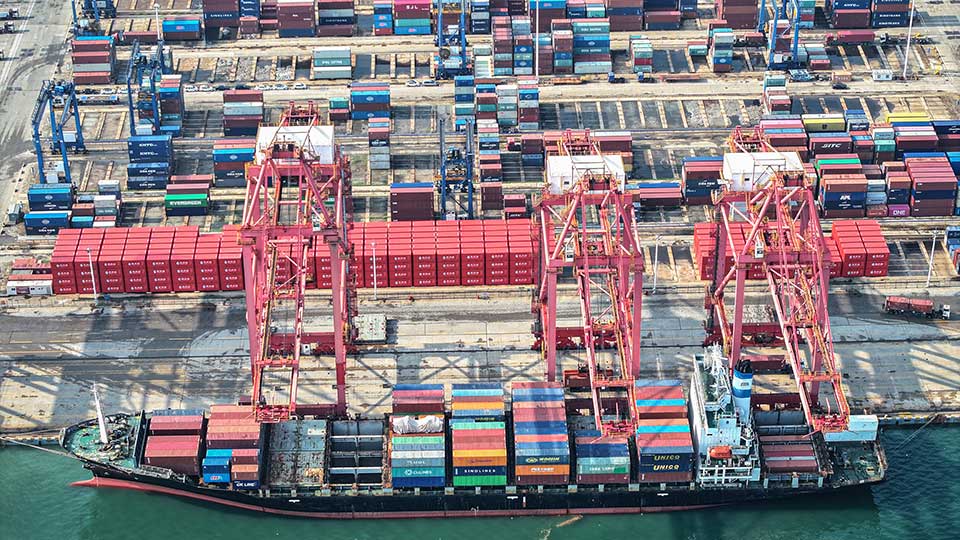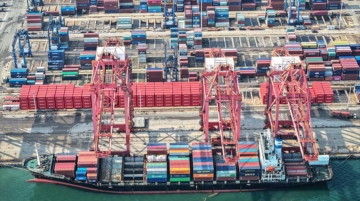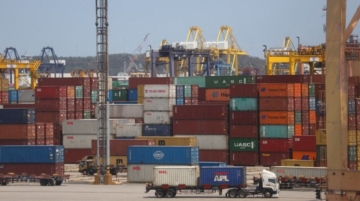
The Philippines’ trade deficit widened sharply to $4.13 billion in March 2025, up 23.1% from a year earlier. Surging imports outpaced modest export gains, highlighting persistent structural vulnerabilities in the country’s trade dynamics.
Preliminary data from the Philippine Statistics Authority (PSA) showed exports rose 5.9% year-on-year to $6.59 billion. In comparison, imports climbed 11.9% to $10.72 billion—marking the most significant trade gap over a year and reversing February’s narrowing trend.
The trade deficit and imbalance reflect a recurring pattern: export growth, though positive, remains insufficient to offset heavy import demand, particularly for foreign-sourced inputs.
Trade with China Reveals Structural Asymmetry
Combined with Hong Kong, export receipts reached $1.77 billion, making the pair the Philippines’ largest export market.
Still, the imbalance illustrates a broader issue: the Philippines depends heavily on Chinese inputs but has limited access to China’s market.
By contrast, exports to the U.S. ($1.11 billion), Hong Kong ($1.01 billion), and Japan ($960.50 million) led overall sales.
Electronics Drive Both Exports and Import Dependency
Electronics led exports, accounting for 55.2% or $3.64 billion, but also dominated imports at $2.52 billion (23.5%), underscoring the sector’s dual role in driving revenue and dependency.
“This performance underscores the relative resilience of our economy in the face of global volatility,” said Undersecretary Rosemarie Edillon of the Department of Economy, Planning and Development, pointing to the Philippines’ 5.4% GDP growth in Q1 2025, second in Asia behind Vietnam.
Edillon noted that much of the import growth reflects capital goods, including durable equipment linked to infrastructure and industry upgrades. “These make up a huge bulk of the imports,” she said, framing them as long-term growth investments.
Regional Integration Brings Benefits—and Risks
In March, around 83% of the Philippines’ trade involved APEC economies, with East Asia alone accounting for nearly half.
This deep regional integration offers cost and logistical advantages but heightens exposure to external shocks, including supply disruptions and policy shifts in major economies such as Japan, Korea, and Hong Kong.
Non-electronics exports showed some growth—other manufactured goods rose by $123.02 million, coconut oil by $105.93 million, and other mineral products by $54.21 million—but these gains were insufficient to offset import costs.
From January to March 2025, cumulative exports totaled $19.27 billion (up 5.7%), while imports reached $31.98 billion (up 8.4%), sustaining a consistent trade deficit widening.
Structural Challenges and Policy Direction
The data underscore the country’s heavy reliance on electronics for export earnings and as import-intensive inputs, signaling limited industrial diversification and an incomplete upgrading process.
The government is pursuing strategies to reduce this dependence, including boosting domestic manufacturing, encouraging technology adoption, and improving infrastructure.
“So it has to do with economic diversification, has to do with more innovation, has to do with technology adoption. With technology adoption, you can have greater labor productivity,” Edillon said.
Officials are also working to expand market access beyond East Asia, targeting the EU, UAE, and U.S., while leveraging regional frameworks such as RCEP and APEC to push for better terms, particularly with China.
A sustained trade deficit could pressure the peso, affect foreign reserves, and increase exposure to capital flow volatility, especially in a high-interest global environment.
Narrowing the trade deficit will require long-term production capabilities and market access reforms.ra






